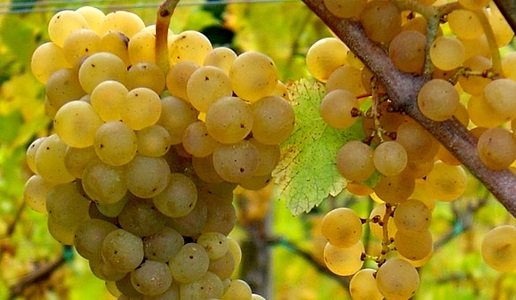Ribolla Gialla is an extraordinary varietal, very eclectic, which makes many excellent wines. Unfortunately, we have seen the appearance of many other wines that seem to trivialize this great grape.
The latest news on the fate of Ribolla Gialla is not particularly encouraging. For some years now, thanks also the market success of mostly sparkling wines, there has been an upsurge in the planting of vineyards, which has resulted in excess production and consequently a drop in grape prices. This is clearly not a good thing and has resulted in trivializing many wines in Friuli Venezia Giulia that had great traditions. Ribolla, originally Rebula, has been present in the region since the 12th century, which demonstrates that, even if it may not have been native, having probably ancient Greek origins, it has a long history in Friuli winemaking.
In my modest and almost 40-year “wine” history of frequenting Collio and Colli Orientali, I have tasted over 100 Ribolla wines that were produced and made in very different ways, which is an indication of the extraordinary and eclectic expressive versatility this varietal has. The very first one I tasted was a 1978 wine produced in Farra d’Isonzo by a then-very young Silvio Jermann. He used some for the blend of his Vintage Tunina but, at the time, also made a single-grape Ribolla, which would later evolve into Vinnae. It was a fruity and fresh wine with a dangerous drinkability. There were obviously many others, especially from Colli Orientali, on the Ipplis hill where there was Rocca Bernarda, then Rosazzo and, finally, Collio where, if I remember correctly, even Mario Schiopetto was working with that grape. Silvio explained to me how Ribolla needed to be cultivated in cooler areas, in order to exalt its acidity. And this became perfectly clear to me when, several years later, I tasted Venica, from Mernicco, in the northernmost and coldest area of Collio.
Long before this, Manilo Collavini had begun to make a sparkling wine from Ribolla using a particular method, using an autoclave but also letting the wine mature there three years, as suggested by to him by Professor Usseglio Tomasset, one of the leading winemaking experts at the time. The result was phenomenal and still today the Collavini’s vintage bubbly is one of the undisputed reference points to understand the potential of this grape. One quite different from the many, too many nameless sparkling wines boasting its name.
It was a different story in Gorizia and San Floriano and the Ribolla of Radikon and, above all, Gravner, which, after beginning on a more “conventiona” path that lasted until the mid-1990s, became the standard-bearers of an authentic winegrowing and winemaking revolution, wines that became emblematic of the so-called orange wines that later spread to other regions in Italy and abroad. For Josko Gravner, this grape represented, and still represents, his fundamental varietal. He ferments in amphorae, with the juice macerating on the skins for even more than seven months, and the wine reaches the market after aging for at least seven years. It is an extraordinary wine in the strictest sense, one which unites the varietal, winegrowing and winemaking methods with the aim of recovering the ancient tradition, culture and nobility of a varietal through a “tailored” and revolutionary winemaking approach.
I could go on with other examples. And all this is to underscore how Ribolla can be much more than the trivial wines it is being used to make. And I say this somewhat in anger and with great sadness.




